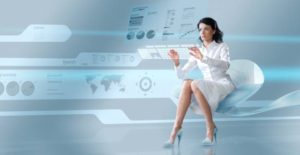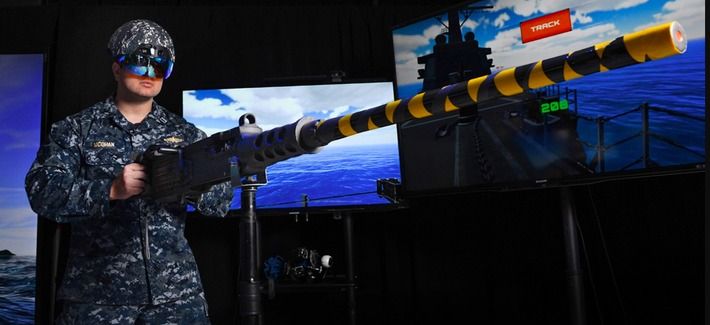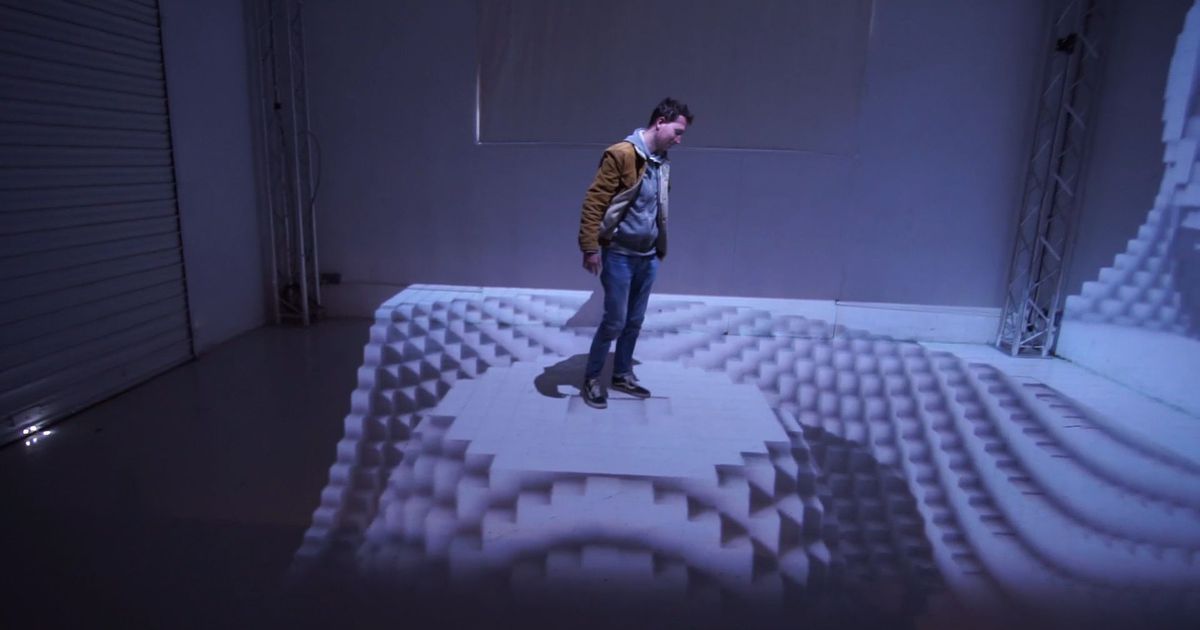VNTANA and Satisfi Labs are collaborating on a hologram concierge platform. The finished product will allow businesses to combine a virtual assistant powered by artificial intelligence with augmented reality visuals.
VNTANA and Satisfi Labs have announced a new platform that will allow businesses to develop a hologram concierge to be used in business. The project fuses artificial intelligence (AI) with augmented reality (AR) technology to produce a 3D persona that can interact with customers.




